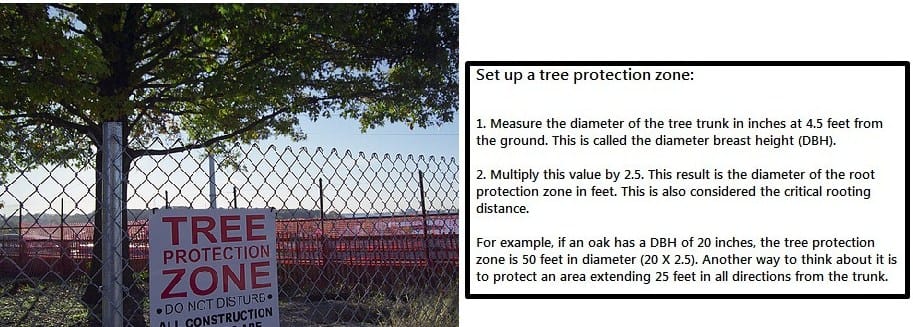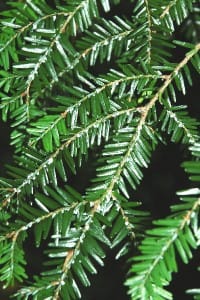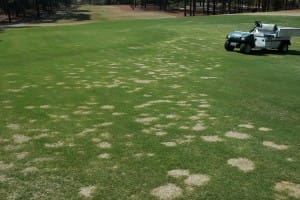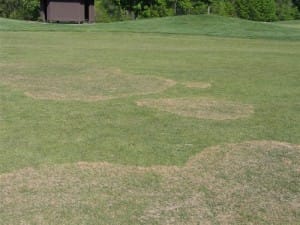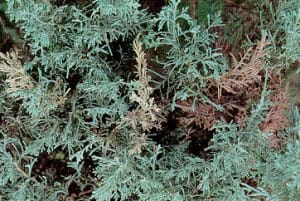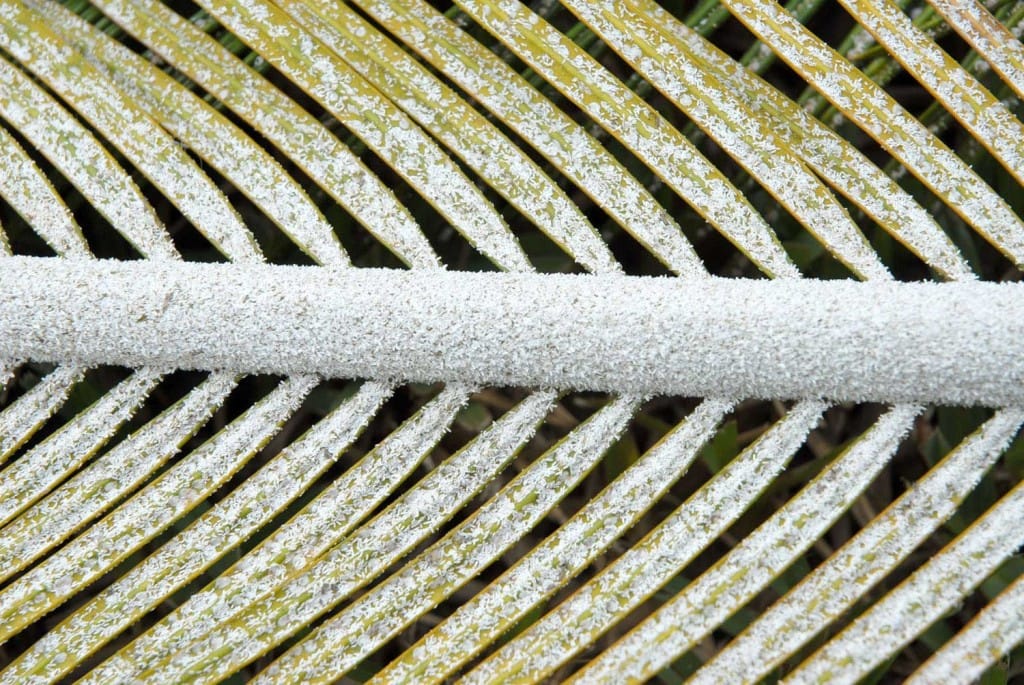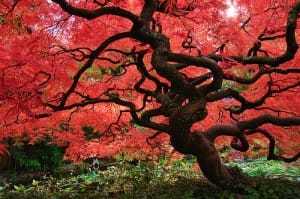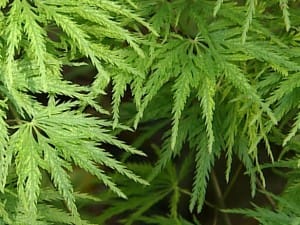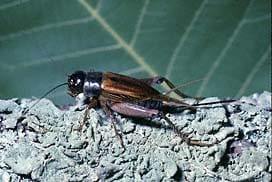Source(s): Todd Hurt
Construction and landscape activities can have a negative impact on existing trees but the damage is often not visible for several years. This factsheet will discuss how to work with building contractors, landscape professionals and property owners to achieve successful tree saves and minimize expensive post construction tree removals.
Landscape professionals, arborists, and property owners should meet on-site with the building contractor at the inception of the project to set clear and reasonable goals for tree protection. Buildings, walkways and utilities should be sighted, not only for their greatest aesthetic appeal, but also to minimize damage to the existing trees. The building contractor will need to identify the primary access routes, work areas, material storage areas, parking and paint/concrete washout areas. Other major considerations are soil grading activities that occur in a critical rooting zone which may change drainage patterns. Clear communication among all parties involved is key to a successful tree save.
There are five areas of concern for tree health during construction: physical damage, soil cuts, soil fills, soil trenching and soil compaction.
Physical damage occurs when heavy equipment bumps into a tree or transport strapping slips on a new tree being installed and causes obvious wounding to the trunk. The cambium layer which transports food and water is located on the outer circumference of the trunk and is only protected by a thin bark layer. If the cambium layer is damaged, food and water transport will be affected. If a significant amount of the cambium layer is damaged the tree will die.
Soil cuts and fills occur when soil is removed (cut) or added (fill). This includes trenching. Cuts and fills impact the roots ability to exchange oxygen and transport water. Clay soils have reduced porosity and allow for less oxygen exchange and drainage than sandy soils. Tree roots grow closer to the surface in clay soils than they do in sandy soils. Cuts greater than 2 inches in clays soils and 10 inches in sandy soil cause significant root damage. Likewise, fills exceeding 1 inch of clay soils and 8 inches of sandy soil initiate root damage. Root death occurs with the addition of 3 inches of clay soil and 24 inches of sandy soil.
Trenching for utilities may also be damaging to trees. Trenching severs the root system, killing roots from the severed point outward. When many of the large anchor type roots are severed, the tree may become unsafe and prone to falling. When 20 to 30% of the critical rooting zone is damaged a tree’s health will be impacted.
Soil compaction is a silent killer of urban trees. Tree decline from soil compaction may take three to seven years to appear. Stockpiled building materials, heavy machinery, and excessive foot traffic all damage soil structure. It seems innocent enough, you park your truck in the shade to keep cool. However, by the time you have driven over the same spot three times, the soil may reach 90% compaction. Lacking good soil aeration, roots suffocate and tree health declines.
Chemical damage of trees may occur if equipment and concrete wash out areas areas are not properly sited.
Tree Protection Methods
Not every tree can or should be saved. If a tree protection zone can not be maintained for a particular tree, then it may be more economically feasible to remove the tree. A certified landscape professional or arborist should evaluate the areas to be protected for weak trees and undesirable plant species.
Once the desirable trees and construction routes are determined the tree protection zones and signage for designated equipment wash out areas should be installed. Orange tree save fencing is commonly used but easy to remove when it is inconvenient to go around the tree save area. In some cases more permanent materials, such as chain link fencing, may be a better option. Whatever fencing material is used, it must be maintained throughout the construction process.
Equipment is now available that can tunnel the utility lines under trees without cutting roots. Instead of sidewalks or roads consider creating a raised walkway or bridge over the rooting zone. With bridging the only points of root disturbance are where the support pilings are anchored into the soil.
If the root zone must be encroached upon by a soil cut or trench, root pruning of the desired trees is recommended. Root pruning is done by making a clean, vertical cut of the root system at the perimeter of the construction zone 3-6 months in advance of soil disturbance. This allows the tree time to produce more feeder roots inside of the root pruning line and reduces tree stress from the construction activity. Root pruning also helps minimize tearing of roots because it makes clean vertical cuts.
Spreading the Load – If traffic across a protected root zone is unavoidable, consider using one of the following bridging methods in the traffic area: a logging mat, plywood panels, or geotextile fabric and six inches or more of wood chips. Avoid working in the area if the soil is wet. All materials need to be removed once construction activity has ended.
Center Publication Number: 273
